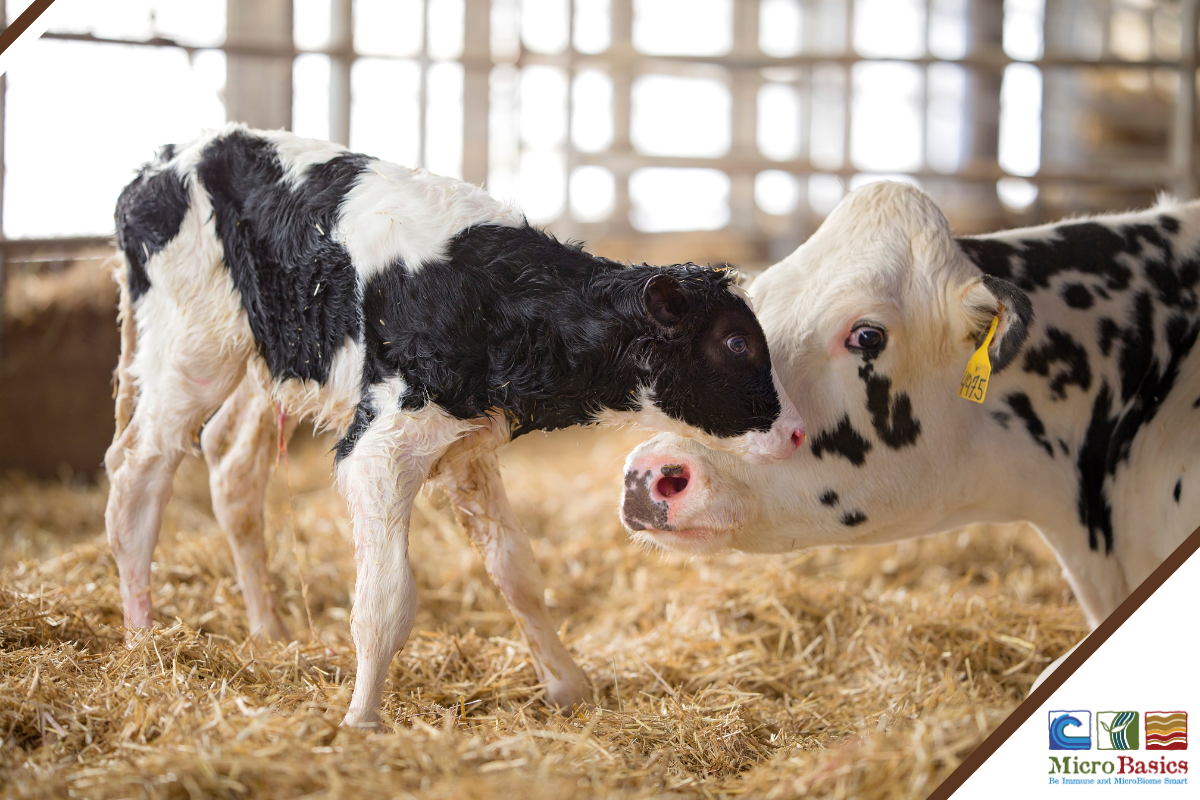More than 35% of all dairy cattle have at least 1 clinical disease event in the first 90 days of their lactation. It is important to have a solid protocol in place for transition cows to aid them in the onset of milk production and help them maintain good health.
Remember 3 areas when establishing a fresh cow protocol.
1. Minimize stress
2. Nutrition and feed management
3. Observe behavior for early illness detection
Minimizing Stress
- One of the greatest stressors on a transition cow is pen moves. Each time a cow enters a new pen she will have to establish her hierarchy within the group. This may result in a drop in DMI (Dry Matter Intake) and elevated cortisol levels. It is best to minimize pen movements as much as possible and allow animals adequate time, 21-28 days, in the close-up pen.
- If possible house springer heifers separately from multiparous cows. Springer heifers have been shown to have longer resting times and greater DMI when housed separately from mature cows. First calf heifers also need more metabolizable protein in the close-up period than mature cows.
- Keep pens clean and dry. Environmental stressors increase metabolic needs, but decrease DMI. Wet pens increase the risk of mastitis and metritis.
- Heat abatement systems minimize heat stress.
- Allow adequate pen space ~ 600 ft2/cow (183 m2) and 50-70 ft2 (15.24 – 21.3 m2) of shade.
- In a freestall barn a minimum of 1 properly bedded stall/cow is need.
- Avoid overcrowding, 85% stocking density is ideal.
Nutrition and Feed Management
- Properly balanced close-up and fresh rations and sufficient DMI are important in ensuring a healthy immune system and onset of milk production. DMI should be monitored in the close-up and fresh periods. A good goal for DMI is 2% of body weight pre-freshening and 3 % of body weight post-freshening.
- It may be beneficial for your farm to select low K+ forages for the close-up rations, or even to feed anionic salts. When feeding a -DCAD diet be sure to routinely monitor urine pH’s. If pH’s are not falling in the range of 6-7 you will need to consult with your nutritionist about a ration adjustment.
- Provide adequate, clean water as it is necessary for rumination, immune function, and milk production. Recommendation is 3.5 linear inches (9 cm) of accessible water perimeter per cow, and at least 2 watering locations per group.
Animal Observation
- Early observation of a sick cow will allow prompt treatment and prevention of a downer cow.
Things to look for are:
- Decrease in DMI and rumination.
- Diarrhea
- Increased body temperature
- Abnormal vaginal discharge
- Abnormal gut fill (too little or too much)
- Respiration Rate
- Tail Carriage
- Udder Fill
- The best cure is an ounce of prevention. Monitor and record daily animal observations to identify sick animals. Work with your veterinarian to establish appropriate treatment protocols.
- See table below for appropriate goals for percentage of fresh cow diseases on your farm.
| Disease | Goal |
| Subclinical Ketosis | <15% |
| Clinical Hypocalcemia | <3% |
| Subclinical Hypocalcemia | <30% |
| Displaced Abomasum | <3% |
| Retained fetal membranes | <5% |
| Metritis | <10% |
| Mastitis | <3% |
*Source University of Minnesota Extension
Click the link below for our FREE Transition Cow Care Card!

